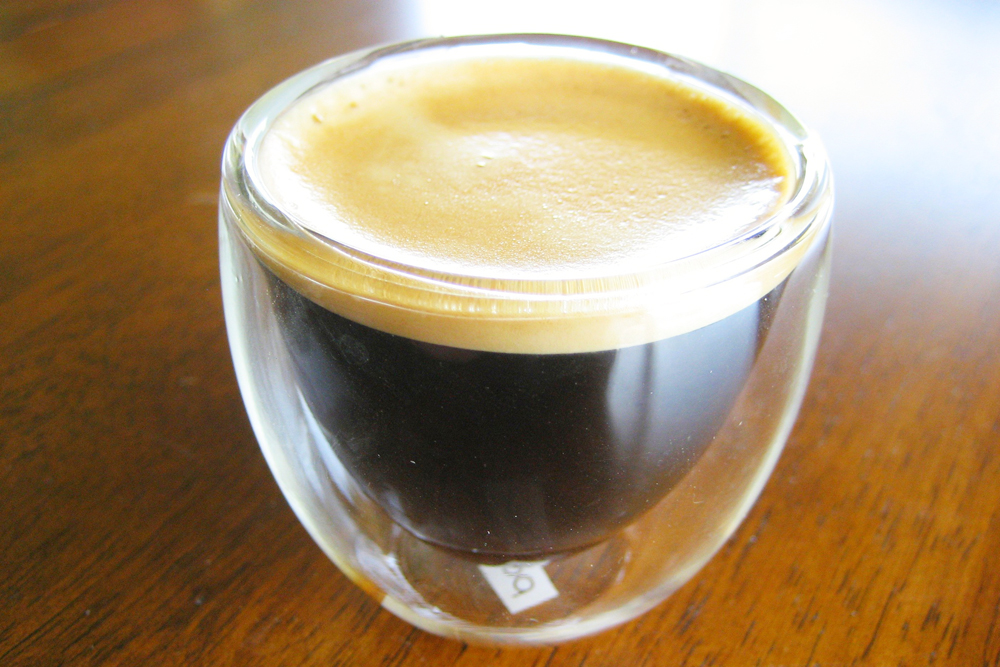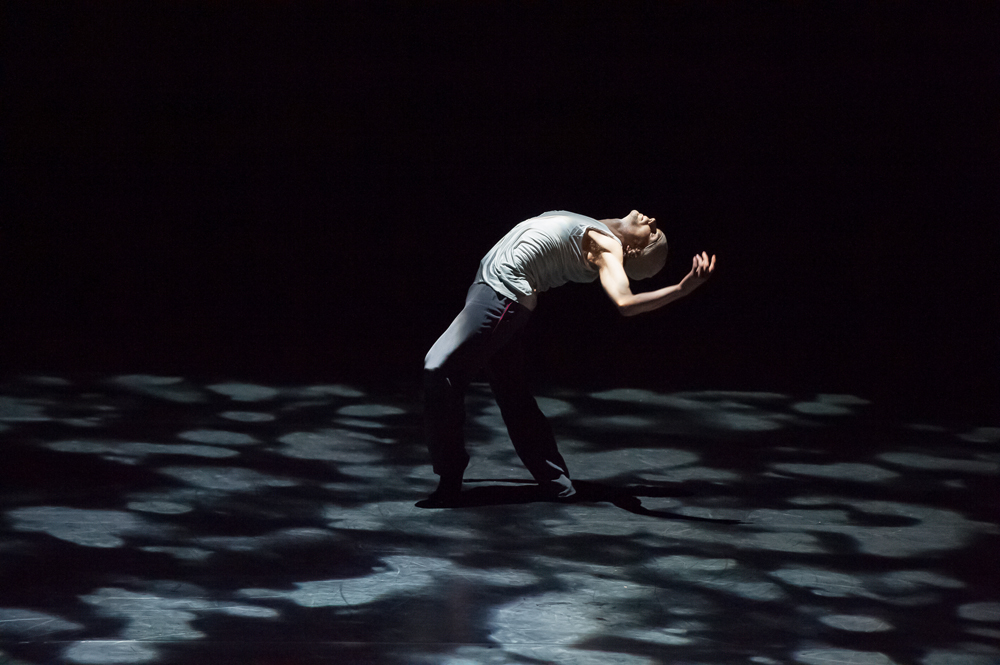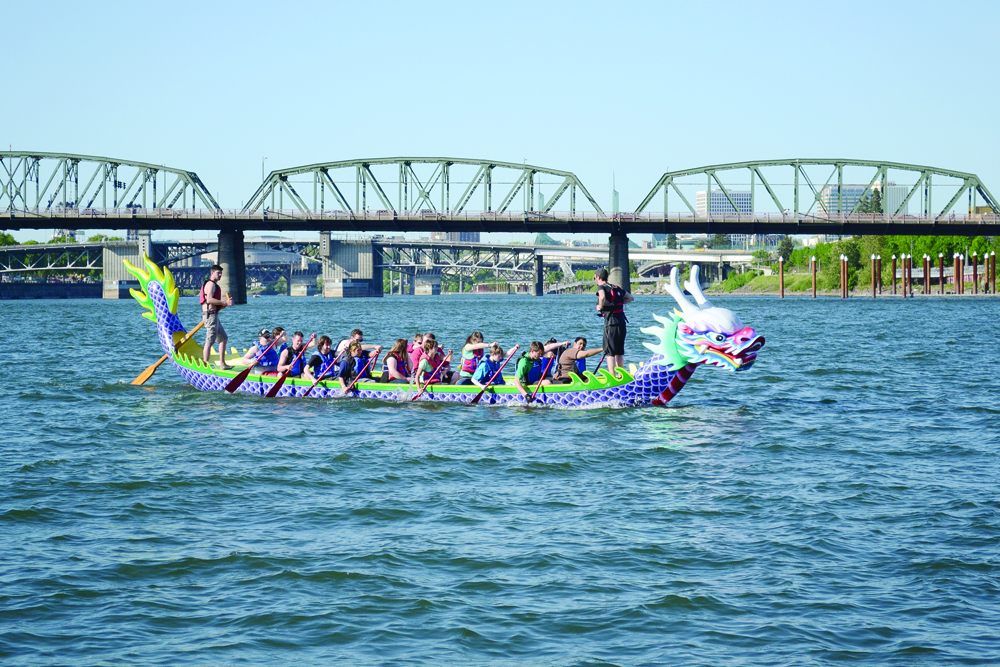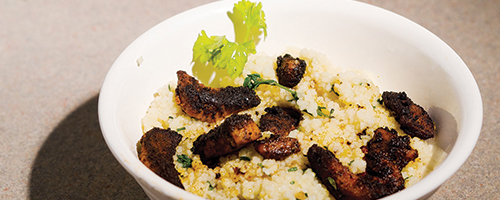With the help of students and faculty from the engineering department at Portland State, astronauts will soon be able to enjoy espresso without a straw.
It’s already possible to drink coffee and espresso in space, but the experience isnt traditional, given the current containers they use. “They’re basically drinking out of Capri Sun [juice] bags,” said PSU Ph.D student Drew Wollman, one of the designers of the new espresso cup.
An initial design for the cup was created by astronaut Don Pettit in 2009, but recently six prototypes were designed, 3-D printed, tested and patented—right here in Portland.
PSU professor Mark Weislogel, along with Wollman and PSU alumnus Ryan Jenson, created the espresso cup using specific geometric design and surface tension to deliver coffee right to an astronaut’s mouth—not an easy feat when there’s no gravity.
The design has been flight-certified by NASA. “[Certification] is generally really hard—it takes two to three years to flight-certify anything,”
Wollman said. “And we’ll have certified this in nine months.” Wollman and Weislogel are a part of IRPI, LLC., a technology development company created by Jenson that made sure the cups were ready for certification.
In November, Nathan Ott, an engineering intern and high school student at Beaverton’s School of Science and Technology, presented the design to the American Physical Society’s Division of Fluid Dynamics in San Francisco, California. According to Weislogel, the prototypes are set to be delivered to NASA for demonstrations this month. The prototypes are set to launch in April on cargo resupply mission Space X CRS-6 to the International Space Station.
The project came about after an Italian espresso machine was built to accompany Italian astronaut Samantha Cristoforetti into space.
“When we heard that, we were excited because it’s a very complicated liquid,” Weislogel said. According to Weislogel, the basic components of espresso—the foam, the steam, the aroma, the way the coffee separates—are dictated by gravity. He was interested in finding out what happens to espresso when gravity is omitted.
The aromatic part of the experience is important according to Wollman. “Taste is highly dependent on the olfactory system,” he said.
The cup’s design helps create crema, the thin layer of foam on top of well-brewed espresso, in a low-gravity environment. Astronauts will be able to enjoy the texture and aroma as if they were on Earth.
The cup is designed specifically with espresso in mind, but Weislogel and Wollman are exploring the behavior of other liquids in the cup as well—milk, tea, water, even peach-mango smoothies. They experiment with microgravity simulation using the Dryden Drop Tower at PSU, which provides them with two seconds of microgravity. Ott participated in a summer internship where he conducted experiments and took measurements for several projects involving the drop tower.
“We can set up rigs and cameras inside the drop tower so we can record the drop while it’s happening,” Ott said. From what’s recorded, they can do data analysis to find out what happened in the drop tower.
After the cups are sent to NASA for demonstrations, Weislogel and Wollman expect to research and explore other applications for the particular geometry of the cup.
“Our plan is outreach and fun,” said Weislogel. “But our main drive here is to demonstrate the tools that went into engineering the cup.”
Ott said these tools could be used for anything from wastewater treatment to fuel distribution to life support systems in space.






